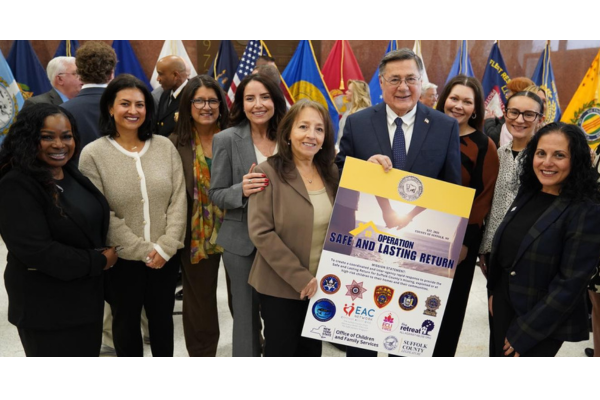Instagram Stories and How To Set Boundaries
By Yuna (The Retreat Brown University Student Intern)

Mental health has become an increasingly popular discussion topic in the past decade, whether through the popularity of “self-care” or conversations about destigmatizing mental illness. According to the CDC, one out of five Americans will experience a mental illness in a year. It’s crucial that we recognize the time and understanding it takes to navigate these serious issues.
What do we do if we’re dealing with a difficult situation or overwhelming emotions? Talking with trusted people in your life is a common way to deal with these feelings, and many of us do this with friends, family, therapists, and partners. Venting can allow someone to serve as an empathetic listener and sounding board, helping to resolve another person’s tension and negative feelings. However, in what situations does this become unhealthy?
In some cases, the person sharing their emotions could push more responsibility onto the listener than the listener is able to handle. Sometimes referred to as “trauma dumping” in the online community, this entails sharing your traumatic experiences or thoughts to others without the other person being prepared for it or consenting to it. This can lead to a toxic relationship where one person is dependent on the other for emotional catharsis, but the other person is negatively impacted and can’t easily step away from the conversation
How do people share information, thoughts, and opinions about mental health on social media?
Social media is a place where information can be shared and received by anyone with access to the app. Instagram “stories” are spaces where users can share their thoughts to their followers in a less permanent or formal way. Each “story” only lasts for 24 hours, but in that time, followers can see and comment on them, although these comments are only visible to the creator. A subset of stories are called “private” or “close friend” stories, which can only be seen by a select list of “close friends” that the user can choose.
The nature of “stories,” and particularly “close friends stories,” means that users can share more private and personal thoughts. Some users rely on stories as a way to share thoughts that would otherwise be difficult to share to a single person. The “anonymity of stories,” and the lack of enforceable boundaries can lead to an unhealthy environment on social media.
What can we do to set healthy boundaries with our friends, partners, or family members about mental health?
There are strategies we can use to prevent our boundaries from being crossed online, while still giving people the space to open up about their feelings. These strategies center around clear communication. It can be as simple as telling the other person, “Hey, I don’t have the mental space to listen to this right now. I can message you later when I’m feeling up for it, but if you’d like to get it off your chest now, maybe talking to someone else would be better.” If the issue seems serious, you can follow up with resources such as The Retreat, school counselors or other professionals.
Boundaries can be set on social media as well. If you come across an Instagram story that makes you feel uncomfortable, awkward, or overwhelmed, closing the app and putting space between you and the content can help protect your mental health. If you feel like you’re close enough to that person, or if you have enough mental energy to listen to what they may have to say, you could send a message to check in with them. If you want to avoid seeing content like this in the future, one option is to mute that person’s story through your settings.
If you’re worried about someone’s mental health getting worse, it’s important to talk to a trusted adult, such as a school social worker. For some, the idea of sharing sensitive information from your peers on social media to other adults may feel uncomfortable, but if it’s a safety concern, this is often the safest option.
When we engage in boundary-setting conversations with people in our lives, the key is to do so in a healthy way. We also need to recognize that this process is not always clear-cut; sometimes it’s a messy process and it takes time. Starting these conversations on social media and elsewhere is challenging, but it is crucial to ensure that we collectively receive the support and care we need.
SOURCES
https://www.cdc.gov/mentalhealth/learn/index.htm
Learn more at allagainstabuse.org, follow @allagainstabuse or call The Retreat’s 24-Hour hotline at (631)329-2200.
The Retreat’s 24-hour multilingual hotline, 329-329-2200 is available to anyone who needs assistance. Please visit our Get Help page for information on all of our free and confidential services.
